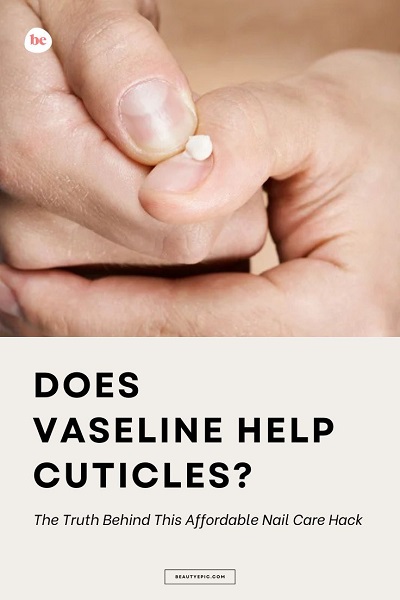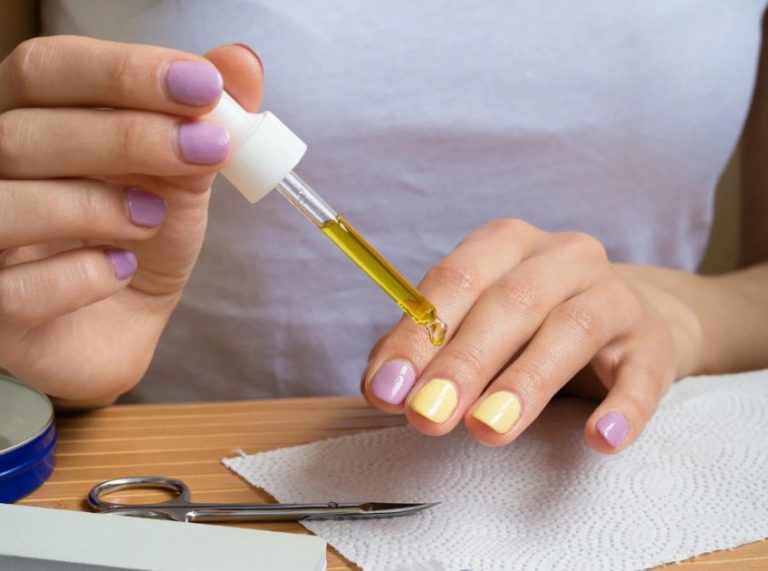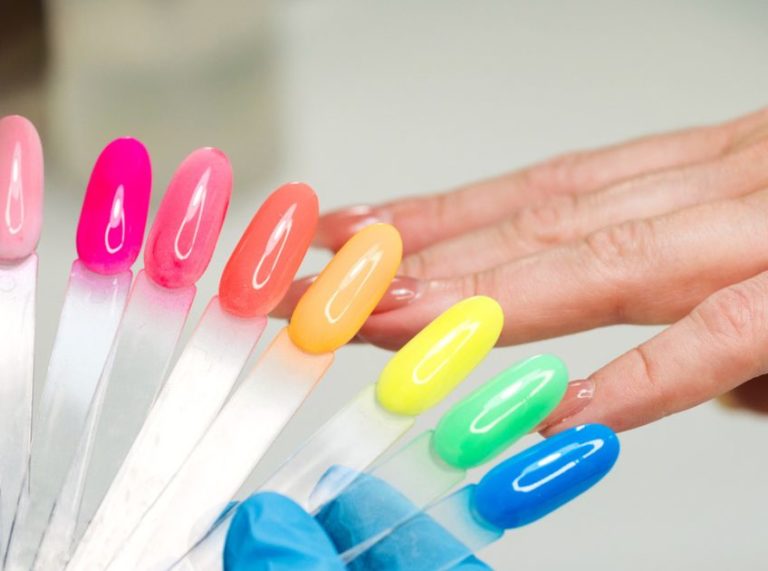
Important: This article is for informational purposes only. Please read our full disclaimer for more details.
When it comes to nail care, most people focus on polish, shape, and strength, while cuticles are often overlooked. Yet, dry or ragged cuticles can ruin the look of your manicure and even lead to infection. Lately, a common household product—Vaseline (petroleum jelly)—has been making waves as a go-to remedy for cuticle health. But is this just another beauty myth, or does it work?
Let’s dive into the science, expert opinions, and best practices to find out whether Vaseline deserves a permanent spot in your nail care routine.
Cuticle 101: What It Is and Why It Matters in Nail Health
The cuticle is the thin layer of skin located at the base of your nails. It serves a critical role—it protects the new nail from bacteria and infection by sealing the space between your skin and the nail plate.
If you neglect your cuticles, they can become dry, cracked, or overgrown, making your nails look untidy and more vulnerable to damage. That’s why maintaining healthy cuticles is essential for long-term nail health and aesthetics.
Is Vaseline Good for Cuticles? What the Science Says
Vaseline is an occlusive moisturizer, meaning it forms a physical barrier over the skin to lock in moisture. It doesn’t actively hydrate on its own, but prevents water loss, which is vital for healing dry, cracked, or rough cuticles.
According to a 2016 study published in the Journal of the American Academy of Dermatology, occlusives like petroleum jelly are highly effective for improving skin hydration when applied over damp skin (1). While Vaseline lacks the elegant feel of specialty cuticle oils, it performs the same core function: keeping moisture in and irritation out (2).
How to Properly Care for Your Cuticles (Hint: It’s Not About Cutting Them)
Many people mistakenly trim their cuticles, which can expose the nail bed to infections. Instead, dermatologists recommend a gentler routine:
- Soak and soften your nails in warm water.
- Gently push back the cuticle using a soft tool like a wooden stick.
- Moisturize daily with creams or oils.
- Avoid cutting or picking at the cuticle area.
A good moisturizer forms the foundation of cuticle care, and this is where Vaseline comes into play.
Scientific Insights: Why Occlusives Like Vaseline Work So Well
Here’s why Vaseline is a science-backed solution for dry cuticles:
- Seals the skin barrier: Petroleum jelly forms a protective layer that reduces transepidermal water loss (TEWL) (3).
- Supports healing: By keeping the area moist, it creates an ideal environment for healing cracked or irritated cuticles.
- Reduces inflammation: A moisturized cuticle is less prone to inflammation and infection.
- Inexpensive and accessible: Compared to cuticle oils, Vaseline is widely available and costs a fraction of the price.
A 2005 British Journal of Dermatology study noted that barrier repair is the key to healing most forms of dry skin, and Vaseline does this better than many high-end moisturizers (4).
Frequently Asked Questions (FAQ’S)
1. How often should I apply Vaseline to my cuticles?
A. Apply Vaseline once or twice daily, preferably after washing your hands or before bed. Applying it over damp skin helps it seal in moisture more effectively.
2. Can Vaseline replace cuticle oil?
A. Yes, it can be a suitable substitute, especially if you’re on a budget. While cuticle oils contain extra nourishing ingredients like vitamin E or jojoba oil, Vaseline offers long-lasting hydration and barrier protection.
3. Is it okay to use Vaseline on cuticles every day?
A. Absolutely. Daily use can prevent dryness, cracking, and peeling, especially during cold or dry weather. Just ensure your hands are clean before application to avoid trapping bacteria.
So, does Vaseline help cuticles? Yes—it does. It may not have the allure of fancy cuticle oils or salon treatments, but its ability to lock in moisture, support healing, and protect the skin barrier makes it a tried-and-true favorite for healthy cuticles.
Whether you’re battling dry hands in winter or just want to step up your at-home manicure routine, a dab of Vaseline can go a long way. It’s safe, affordable, dermatologist-recommended, and proven to improve skin barrier function.

















